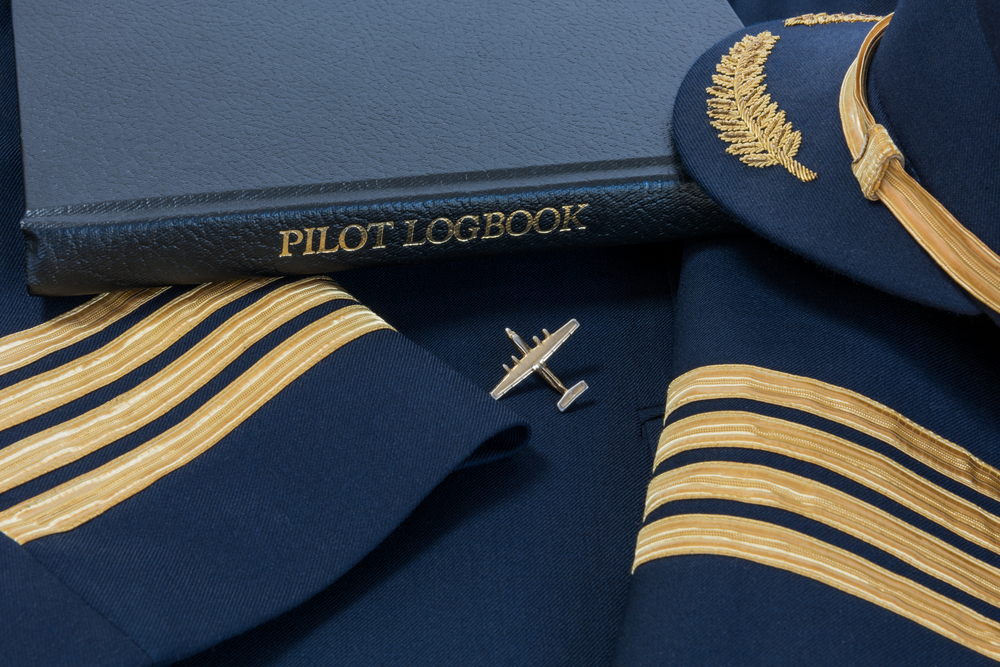Flight hour, or flight time logging, is crucial in order to begin or advance in your career as a pilot. Regulators across the world have strict definitions and rules on how to track your experience in the cockpit, which includes hours, landings, and other operating conditions.
However, traditionally, flight hours have been tracked by pilots on paper logbooks. Recently, regulators and pilots have also explored alternatives, including digital logbooks and even applications on smartphones, both Android and iOS operating systems.
Table of Contents
Traditional Pilot Flight Time Logbook
According to global aviation regulators, pilots have to keep track of their flight time. For example, the United States Code of Federal Regulations (CFR) stipulates that each “person must document and record the following time” to meet the requirements for a certificate, rating, or flight review, or for recent flight experience requirements.
In general, per the CFR, logbook entries have to consist of a date, total flight or lesson time, arrival and departure location, type and registration of aircraft, type of pilot experience or training, and conditions of the flight. The latter includes the time of day, whether it was day or night, and other conditions, such as whether instrument conditions were simulated during the duration of the flight.
The CFR chapter also stated that the Federal Aviation Administration (FAA), an authorized representative of the National Transportation Safety Board (NTSB), or law enforcement officers, must be presented with a pilot’s logbook, among other documents, upon a request.
Furthermore, a student pilot must always carry a logbook, student pilot certificate, and any other documents that are mandated by the regulations when flying on all solo cross-country flights in order to prove the instructor’s clearances and endorsements.

Disadvantages Of Paper Logbooks
But traditional, or paper, logbooks have their disadvantages. While keeping tradition with your forefathers sounds like a nice – and perhaps an overly romanticized – idea, they are time-consuming to fill, can be lost while in transition, or contain potential errors, such as a wrong number when writing in dates or flight times.
At the same time, paper logbooks have their advantages, namely that they are not reliant on a third-party supplier, to a certain extent, as software-based solutions, for one reason or another, might stop being supported and become unusable, possibly resulting in a huge headache for those who were keeping these logs digitally.
| Advantages of paper logbooks | Disadvantages of paper logbooks |
|---|---|
| Does not rely on third parties | Can include mistakes that are not easily rectified |
| Easily accessible anywhere | Can get lost during transit |
| Keeps traditions alive | Time-consuming process |
Alternatives To Paper Logbooks
Paper logbooks’ somewhat limited advantages have paved the way for digital logbooks to enter the market. Regulators across the world have helped as well, with the European Union Aviation Safety Agency’s (EASA) rules detailing that, first, “details of flights flown under commercial air transport may be recorded in an electronic format maintained by the operator.”
In that case, airlines should record all flights operated by the pilot, including the differences and familiarization training, available upon the request of the pilot. Second, for any other, non-commercial operations, pilots should “record the details of the flights flown in the following logbook format, which may be kept in electronic format,” which should include the standard logbook data, such as the time and date of the flight, type of aircraft that had been flown, and total flight time.
Digital logbook providers also ensure that their solutions are compliant with regulations. Take FLYLOG.io, for example, which offers a digital logbook that is compliant with EASA, FAA, and other regulators’ formats, such as the United Kingdom Civil Aviation Authority (CAA).
The tool also offers an easy way to migrate your logbook from the physical to the digital world, the importing of files from airlines’ scheduling systems, and easy migration from other eLogbook providers.
While that is one of many alternative solutions available on the market, it goes to show that digital logbooks for pilots’ flight time can make it easier for a pilot to track their flight time and advance in their careers, whether they would be a student or an experienced commercial airline pilot.

